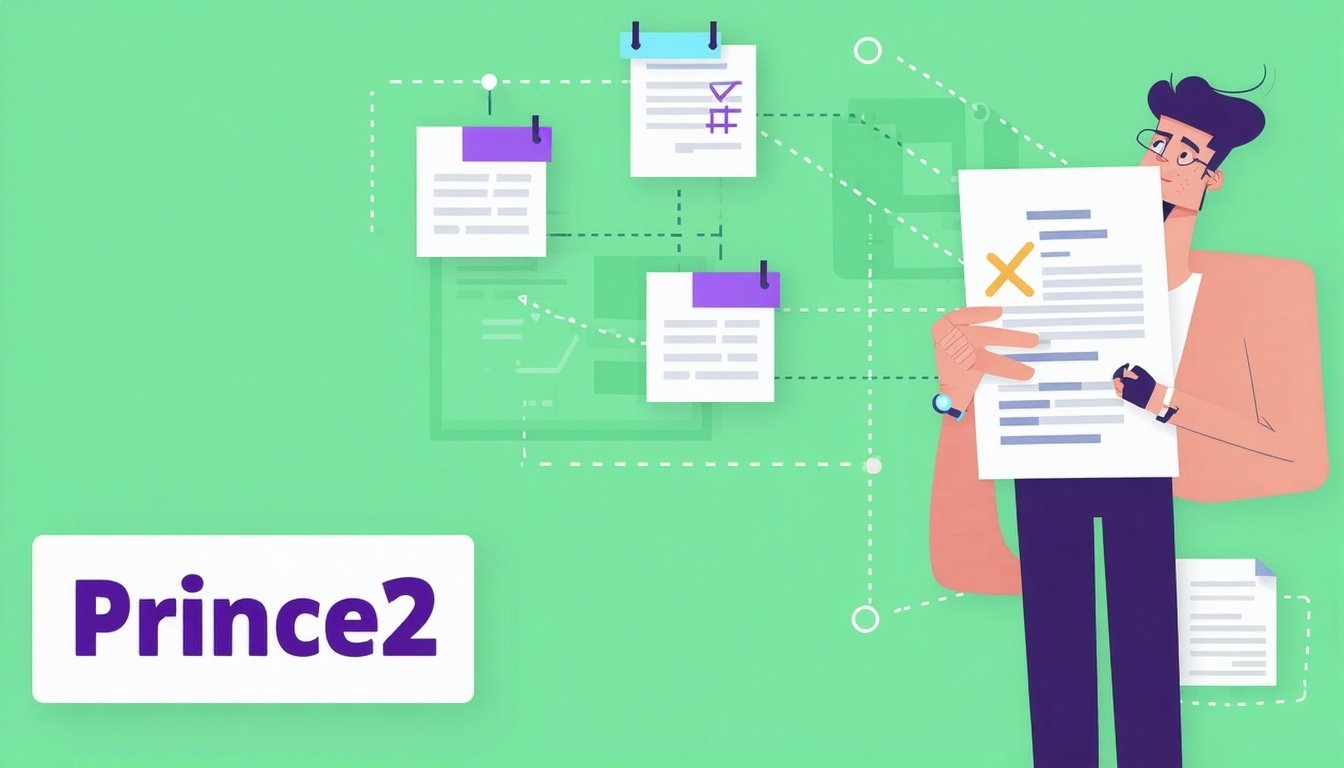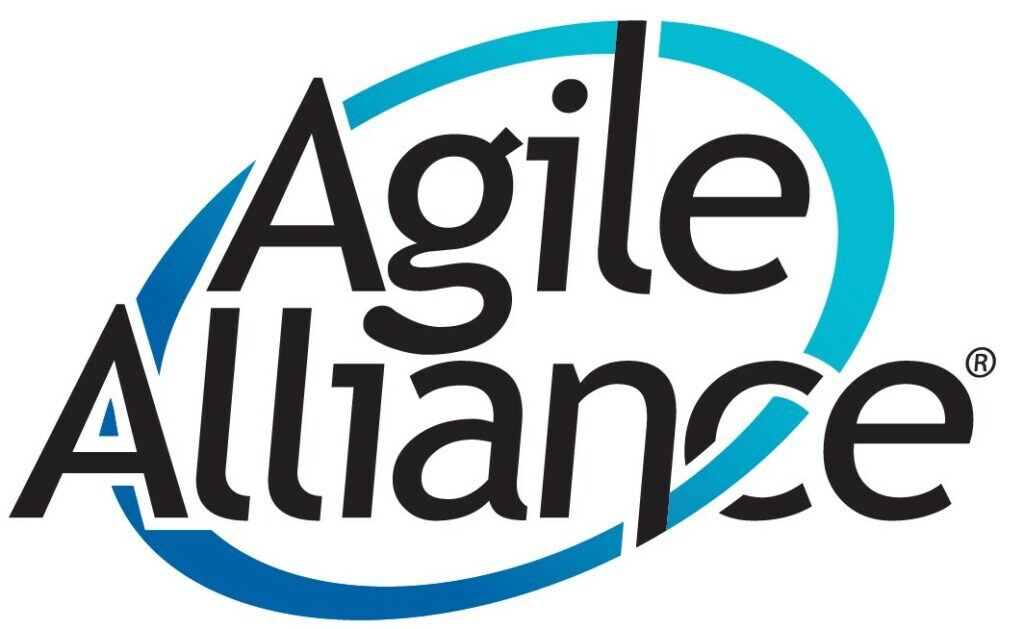In today’s fast-paced world, Artificial Intelligence (AI) isn’t just a buzzword—it’s a game-changer....

CourseMonster specialising in navigating the complexities of IT Training, our team of seasoned professionals is dedicated to reshaping training functions for industry leaders like Services Australia and Telstra.
Through a partnership with CourseMonster, clients gain access to a comprehensive suite of Training Managed Services, covering everything from course development to the efficient management of learning technology. With over two decades of experience, we excel in on-the-ground management and administration of the entire learning process

In today’s fast-paced world, Artificial Intelligence (AI) isn’t just a buzzword—it’s a game-changer....

In today’s competitive job market, project management is a crucial skill that organisations around t...

PRINCE2 (PRojects IN Controlled Environments) is one of the most respected project management method...

Are you gearing up for the PRINCE2 Practitioner exam? Whether you're new to the project management w...
DOLPHINS VS. SUBMARINE: UNDERSTANDING THE AGILE APPROACH Agile’s core concept can be illustrated by ...

Cloud computing has evolved into the backbone of modern business infrastructure, providing scalable,...

The demand for agile training courses has skyrocketed as professionals look for innovative solutions...

In project management, staying competitive requires the right skills and methods. AgilePM (Agile Pro...

In today’s fast-paced business world, the need for effective project management has never been more ...
Transform Your Project Management Skills

In today’s continuously changing software development market, agility has become critical. Agile Sof...
In the realm of project management, the advent of Agile methodologies and agile certification has re...
At CourseMonster, we specialize in guiding companies through the complex world of IT Training. Our extensive team of world-class learning professionals is dedicated to transforming training functions and helping leading companies, like Services Australia and Telstra, maximize their training budgets.